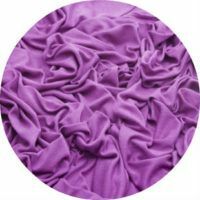
Someone buys clothes and shoes only from natural materials, because they can not stand synthetics. Others gladly choose things from polyester and other similar fabrics. People are different, but everyone loves quality goods, and viscose is a material that is made artificially on the basis of natural raw materials. Thus, he satisfies the requests of both.
- Photo
- Composition
- Characteristics
- Properties
- Types
- Manufacturing process
- How to choose
- How to care
Photo
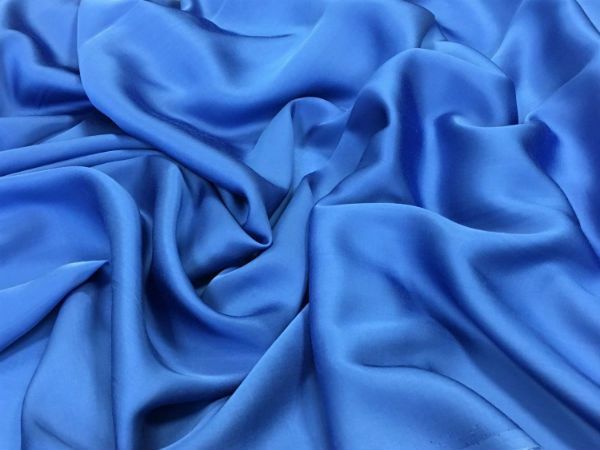
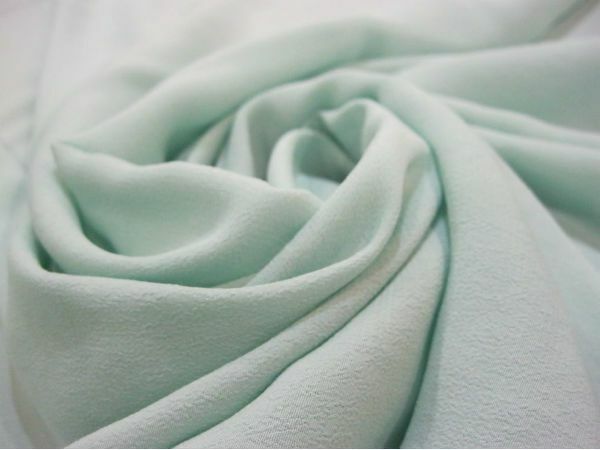
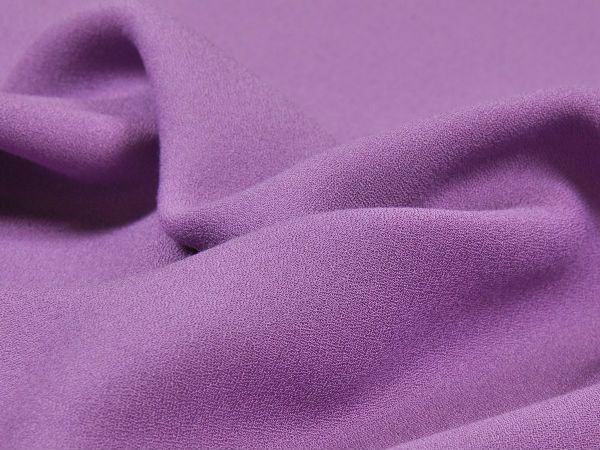
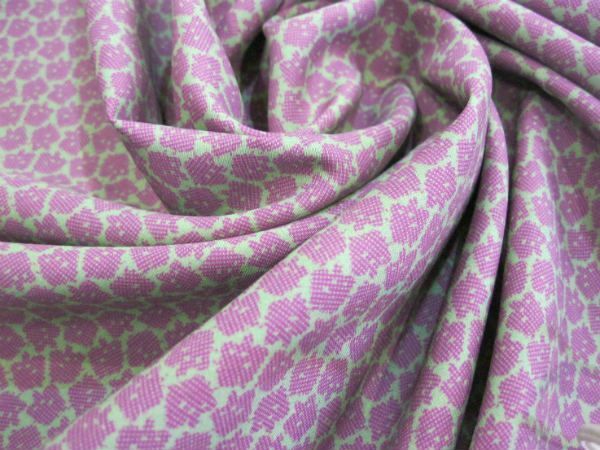

Composition
Viscose is a part of many other fabrics and garments. In the basis - strongly crushed wood. It is treated with sodium hydroxide( NaOH) to produce a cellulose solution. As a result, special fibers are obtained, of which the tissue itself consists.
to the table of contents ^Characteristic of
Viscose things resemble silk because of the light shine, softness and comfort in their toes, but they are more affordable. This does not mean that the fabric is bad, it's easier to produce it.
So what is viscose cloth? Is it natural or not? Viscose clothing definitely can not be called synthetic, despite the fact that the material is produced artificially, because the raw materials are natural. In addition, there have never been complaints about the fact that viscose causes allergies, and this is an important advantage.
Viscose is often used as a lining fabric due to its softness and silkiness.
to the table of contents ^Properties of
Many people are interested in such questions: "Does rayon wear?", "Does the material crumble or not?".
However, 100% viscose has the following advantages:
- soft;
- is easy;
- is breathable;
- pleasant to the touch;
- hygroscopic( easily absorbs moisture);
- is easy to color and does not lose color even after many washes;
- is not electrified;
- does not cause allergies;
- eco-friendly( spent viscose is completely decomposed, since it is made of wood);
- provides good thermoregulation.
But viscose has its drawbacks:
- is fragile;
- needs careful care;
- crumples strongly;
- sits down after washing.
Types
In the industry, three types of viscose fibers are produced:
- technical;
- textile;
- staple.
Depending on the type of material used for the production of fiber, viscose fabric is divided into the following types of fabrics:
- Tensel .It is made from eucalyptus cellulose. Very soft and silky fabric. Great for home textiles.
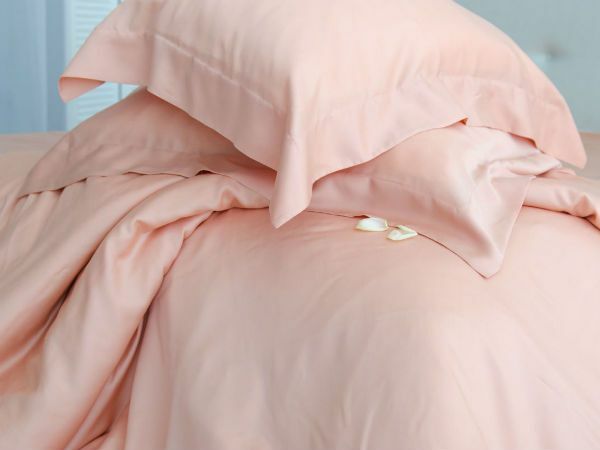
- Modal .This material has the qualities of cotton, despite the fact that it is made only of cellulose. He is strong and strong, so he makes clothes and bed linens.
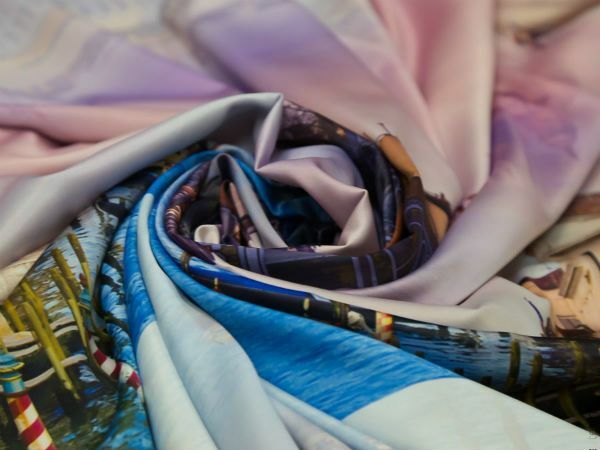
- Acetate .Produced from cellulose residues. This fabric almost does not change and does not absorb moisture. It is very comfortable, but fragile and can deteriorate from acetone.
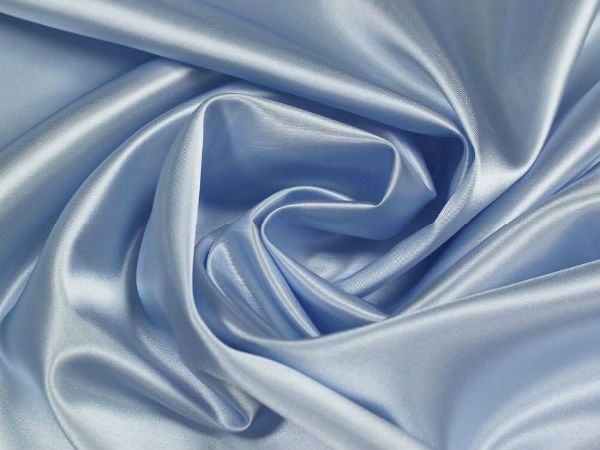
- Coupling .This species is more like silk. The material requires extremely careful handling. Beautiful evening dresses are sewn from him.
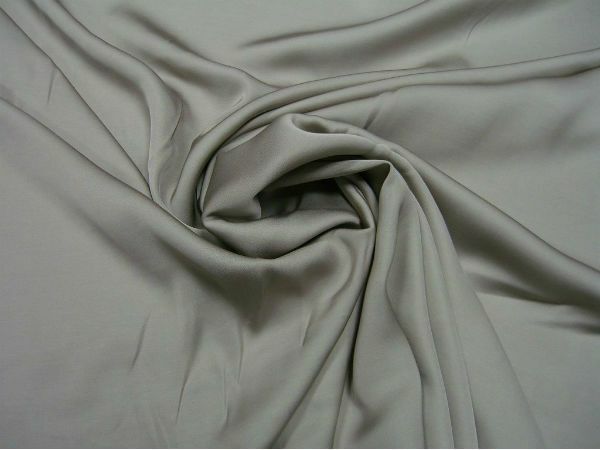
- Siblon .It is made of cellulose of coniferous trees. It is of high quality.
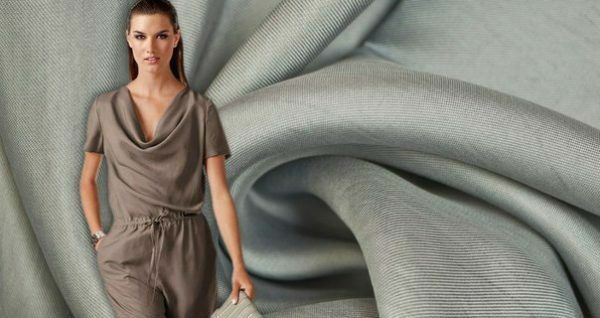
There is also a cold viscose material. It is made from staple fibers with the addition of elastane. Fabric perfectly stretches, and this is its main difference from 100% viscose.
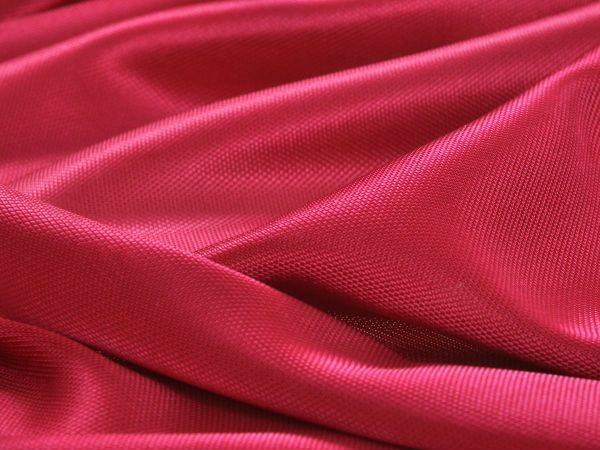
Manufacturing process
The wood is ground to the state of sawdust. They are treated with sodium hydroxide for 5-10 minutes. The cellulose is then left for an hour to cause oxidative degradation. After that a clumpy mass is formed, which is passed through special plates with small holes, so that the threads appear.
All this gets into the mixer and is bleached, at the same stage other fibers and substances are added. Within 2 hours a certain substance is formed, which will serve as the basis of the future material. Next, the fabric is trimmed. And then it is dried. After that the fabric is ready for further use.
How to choose
Understand that this viscose will help the following methods:
- The appearance of the fabric is bright and light. Can be both shiny and matte. Lies down beautiful folds.
- To the touch, the fabric is soft, silky, very smooth and cool.
- You can take a small piece of cloth and set it on fire. If it is really viscose, then there should be a thick flame, from which the smell of burnt paper will go. Charred threads will collapse into lumps, and crumble when touched.
How to care
- Viscose when washing is strongly seated, so it is most reliable to wash this fabric by hand or in delicate mode at a temperature of no higher than +40 degrees. It is forbidden to use powerful bleach. Spin only at minimum speed.
- Drying is recommended in a horizontal position, carefully spreading.
- The ironing should be done carefully, on the wrong side, with a low heating temperature or silk. It is better not to steam off, but to iron things a little wet.
